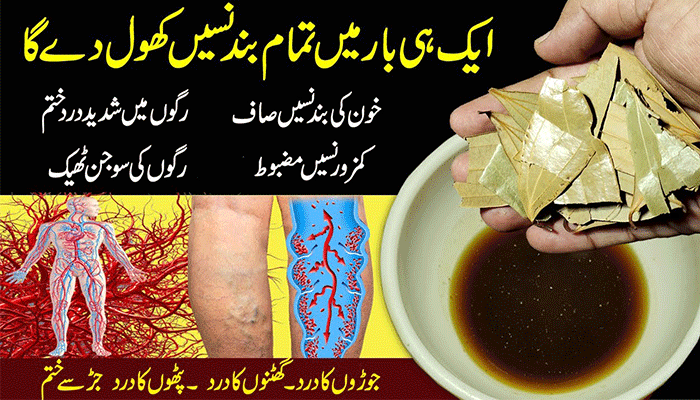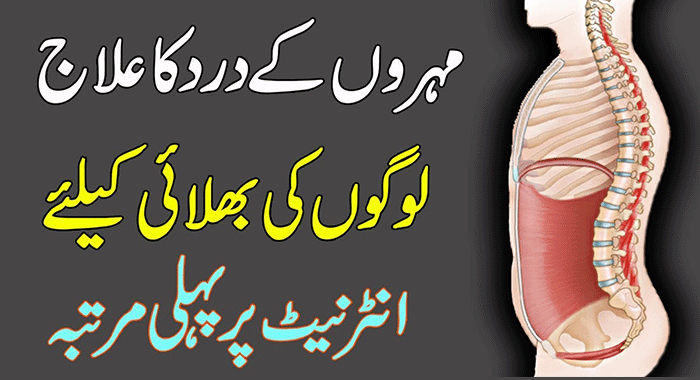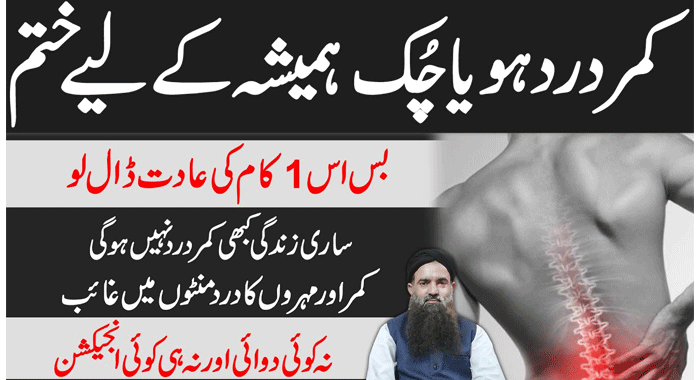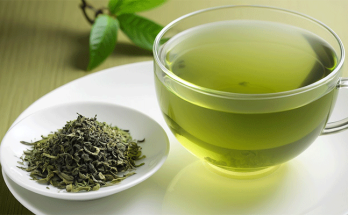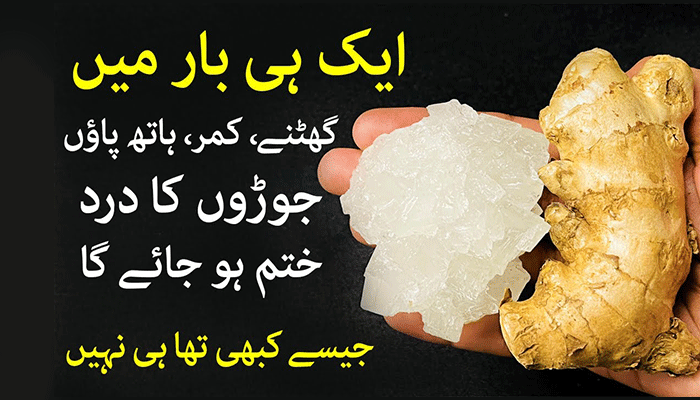
London: According to Dr. Irfan Masud, a senior consultant, and orthopedic surgeon at Maroof International Hospital Islamabad, “Almost every person suffers from one form of arthritis or another, during their lives.” In the United States, arthritic conditions limit the lives of more than seven million patients, second to heart disease as a cause of occupational disability.
Dr. Masud reports that in Pakistan alone, close to 14 million people have been diagnosed with what is considered to be one of the most disabling conditions known to mankind. Some common conditions that fall under the banner of arthritis are osteoarthritis, back pain, rheumatoid arthritis, fibromyalgia, osteoporosis, gout, polymyalgia rheumatic, lupus, and ankylosing spondylitis.
Joint Pain Treatment with Home Remedy
What is arthritis?
Few of us understand arthritis and the muscular degeneration it entails, let alone know how to prevent it. The word arthritis — derived from the Greek words ‘Artho’ and ‘Itis’ which mean joints and inflammation respectively — is an umbrella term for nearly 100 medical conditions that affect the human muscular and skeletal system adversely. Therefore, in a nutshell, arthritis can be defined as inflammation of joints that results in pain, weakness, instability, and bone deformities that interfere with our daily lives. Anyone can get arthritis, including children and young people.
Joint tissues cover the ends of bones and allow them to move against one another. When the tissues are inflamed or damaged, movement becomes problematic and painful. “Constant joint pain is the main complaint of patients suffering from arthritis,” says Dr. Masud. “It is often constant and arises due to inflammation of or damage around the joints as well as daily wear and tear. Muscle strain caused by forceful movements against stiff joints can also cause arthritic pain.”
Symptoms of arthritis:
The National Rheumatology Society of Pakistan has issued a list of symptoms common to undiagnosed arthritis patients. These include:
• Morning stiffness
• Malaise and tiredness
• Weight loss
• Poor sleeping patterns
• Muscle and joint aches
• Tenderness
• Muscle weakness
• Loss of flexibility
• Decreased aerobic fitness
• Inability to move hands or walk properly
• Difficulty in moving joints
Treatment options for arthritis patients:
Since arthritis is a chronic condition, there is no absolute cure except prevention and care. Logically speaking, the only treatment is anything that can prevent the joints from swelling or promote muscle movement. Physical therapy, for example, has been proven to improve bone function, decrease pain and delay the need for surgical intervention significantly.
Some of the most common treatment options for arthritis include:
Medications: There are a variety of medications available to help relieve the pain and inflammation of arthritis. Some of the most common medications include nonsteroidal anti-inflammatory drugs (NSAIDs), corticosteroids, and disease-modifying antirheumatic drugs (DMARDs).
Physical therapy: Physical therapy can help to improve range of motion, strength, and flexibility in the joints affected by arthritis.
Occupational therapy: Occupational therapy can help you to learn how to adapt your daily activities to accommodate the limitations of arthritis.
Surgery: In some cases, surgery may be an option to repair or replace damaged joints.
Lifestyle changes: There are a number of lifestyle changes that can help to reduce the risk of developing arthritis or improve the symptoms of arthritis. These changes include:
- Maintaining a healthy weight
- Exercising regularly
- Eating a healthy diet
- Avoiding smoking
- Limiting alcohol intake
- Getting enough sleep
Medications: There are a number of medications that can be used to treat arthritis, including:
Nonsteroidal anti-inflammatory drugs (NSAIDs): NSAIDs can help to reduce pain and inflammation.
Corticosteroids: Corticosteroids can also help to reduce inflammation, but they can have side effects, such as weight gain, thinning of the bones, and increased risk of infection.
Disease-modifying antirheumatic drugs (DMARDs): DMARDs can help to slow the progression of arthritis by suppressing the immune system.
Biologic agents: Biologic agents are a type of DMARD that are made from living organisms. They can be very effective in treating rheumatoid arthritis, but they can also have serious side effects.
If you are experiencing symptoms of arthritis, it is important to see a doctor to get a diagnosis and discuss treatment options. With the right treatment, you can manage your arthritis and live a full and active life.
Regular exercises prescribed by doctors are particularly effective in counteracting osteoarthritis of the knees — even more so than medication. According to Dr. Khan’s report, maintaining a normal weight can also reduce joint stress and delay the onset of osteoarthritis.
Laser therapy is another option arthritis patients can consider. Studies have proved it to be effective, resulting in zero joint pain and improved mobility. Orthopedic bracing can also provide support to aching joints.
According to research conducted by Dr. Muhammad Ashraf Chaudhary, professor and head of the community medicine department at CMH Lahore Medical College, anti-inflammatory foods and a healthy lifestyle can be very beneficial for arthritic conditions.
The type of treatment given is respective to each patient, depending on the type and scale of arthritis they suffer from. Shamsi may have had little luck with medical intervention but Sipra is good as new, post hip surgery. “I no longer need any medication and can do my work on my own,” he says.
Speaking about Sipra’s experience, Dr. Masud explains, “In the case of joint-eroding arthritis, joint-replacement surgeries like hip resurfacing and total hip and knee replacement are performed. This is done once all other options have failed.”
Preventing arthritis:
Of course, prevention is always better than cure. While it is impossible to escape the effects of age, one can delay the onset of arthritis by undertaking some easy measures prescribed by doctors. One of the main ways is by exercising regularly and maintaining a healthy weight. Exercising not only keeps the muscles strong and active but also boosts metabolism and relieves pain.
It is also advisable to protect one’s joints during exercise as accidents, injuries or overuse may increase the risk of arthritis, especially after the age of 40. A variety of ankle, knee and other types of braces are available in the markets — these provide support to the bones and guard them. Foods rich in elements that strengthen bone marrow, such as calcium and iron, are essential for healthy bones and muscular function.
One must also seek medical help immediately if any arthritis symptoms occur as the longer they wait, the worse the situation can get. Therefore, early diagnosis and timely treatment are key to coping with arthritis and its impending effects.

